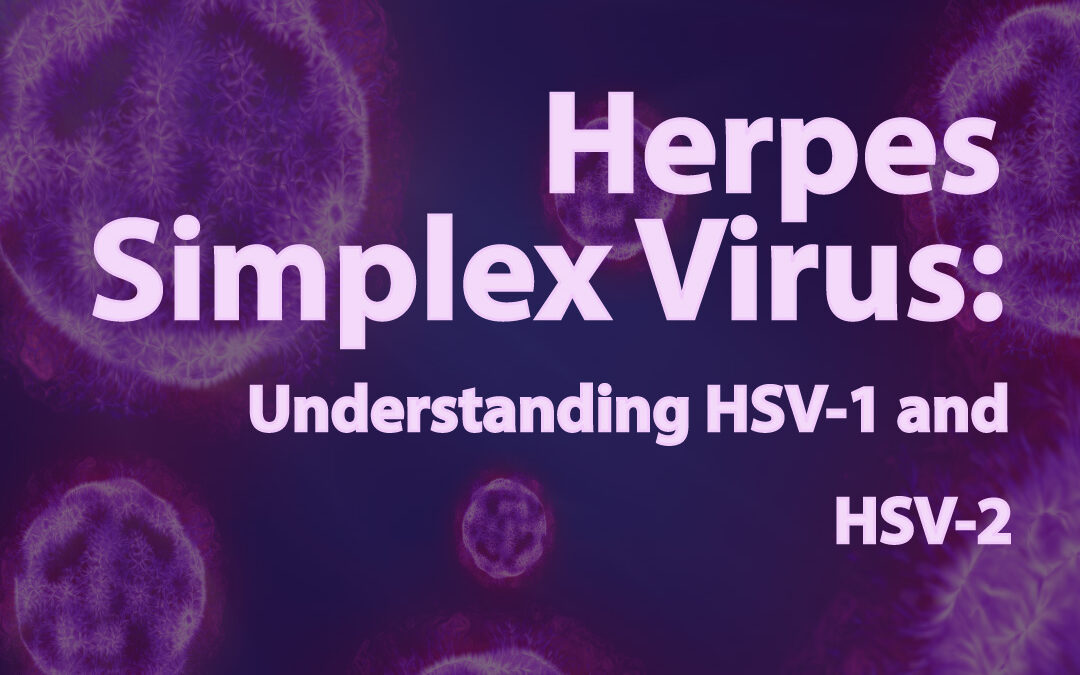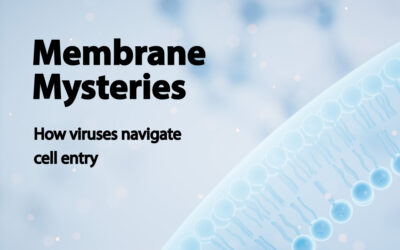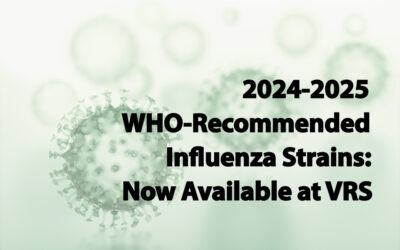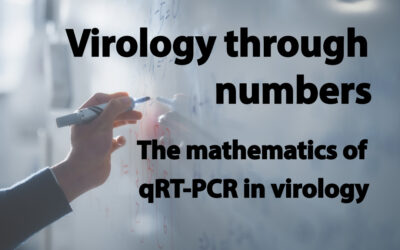Many might know HSV only as the ‘kissing disease’, evoking memories of teenage romance and first kisses. But behind the nostalgia hides a virus that can be anything but romantic. HSV doesn’t just fade with time; it can flare up uninvited, bringing painful blisters, lifelong stigma, and hidden complications. That’s why virologists and drug developers are exploring every angle to curb HSV’s reach and develop effective treatments. By understanding the realities of HSV-1 and HSV-2 – how they spread and how they hide – we can be better prepared to manage and prevent transmission.
In this article, we’ll explore the science behind HSV-1 and HSV-2, how they spread and manifest, the complexities of managing and treating these viruses, and the ongoing efforts to understand and combat their impact.
HSV-1 & HSV-2
HSV is divided into two primary types: HSV-1 and HSV-2. These two closely related viruses are part of the Herpesviridae family, which includes Human Cytomegalovirus (HCMV) and the virus that causes chickenpox, along with several other pathogens capable of human infection.
HSV-1 commonly causes oral herpes, typically presenting as cold sores around the mouth, while HSV-2 primarily causes genital herpes. However, both types can infect either the oral or genital regions, making the traditional classifications less distinct.
According to 2016 estimates from the World Health Organization (WHO), approximately 3.7 billion individuals under the age of 50 have HSV-1, and more than 490 million people aged 15-49 have HSV-2. Once contracted, HSV leads to an incurable lifelong infection that can transition between phases of dormancy and active replication.
Transmission
HSV is highly contagious and spreads through direct contact with infected areas. Active sores pose the most significant risk for transmission, but body fluids like saliva, semen, and vaginal secretions can also contain the infectious virus. HSV-1 often spreads during childhood through non-sexual interactions, while HSV-2 typically circulates among sexually active adults. Notably, HSV can be transmitted even when no sores or other symptoms are present, complicating prevention efforts as individuals may be unaware they carry the virus.
HSV can also be transmitted from mother to child during childbirth. Although rare, neonatal herpes is associated with a high rate of illness and death.
Symptoms
You wake up to a tingling sensation on your lip, only to find a small blister forming by midday. Cold sores (also known as oral herpes) are blisters around the mouth and are the most common symptom of an HSV-1 infection.
HSV-2, on the other hand, primarily affects the genital area, resulting in blisters or ulcers either on the genital region, buttocks, or thighs. Before these blisters appear, infected individuals often experience a tingling, itching, or burning sensation around the affected area.
Herpes blisters eventually burst, crust over, and heal within one to two weeks. The initial outbreak is often the most severe, possibly including fever, swollen lymph nodes, and body aches. After the immune system manages this outbreak, the virus lies dormant in the nerves. It may reactivate periodically, potentially causing additional sores. However, although some people experience frequent recurrences, most HSV infections result in only mild symptoms or none at all.
When HSV Goes Beyond Cold Sores
Think HSV just causes cold sores and genital blisters? Not quite. This stealthy virus can pop up anywhere – even on your fingers as painful herpetic whitlow. In healthy individuals, HSV usually sticks to the skin and mucous membranes. But when the immune system is weakened, it can wreak havoc elsewhere.
HSV might invade your eyes, leading to herpes keratitis that threatens vision. Rarely, it reaches the brain (herpes simplex encephalitis) or its protective layers (herpes meningitis). It can inflame the oesophagus (herpes esophagitis), the lungs (HSV pneumonia), and even the liver (HSV hepatitis).
Adding to the concern, HSV-2 boosts the risk of acquiring and spreading HIV. HSV isn’t just a minor skin issue – it’s a complex virus with serious health implications, especially when immunity is compromised.
Diagnosing HSV
When HSV is suspected, how do healthcare professionals diagnose it?
- Usually, this would begin with a physical examination to assess any visible symptoms.
- A diagnosis can be validated by swabbing a sore and analyzing it in a laboratory through viral culture or quantitative PCR.
- And, in the absence of symptoms, a blood test can be conducted to detect antibodies produced by the body to combat HSV-1 or HSV-2 infection.
Structure
HSV-1 and HSV-2 are enveloped viruses with a large, linear, double-stranded DNA genome. At the core of their structure is a protective protein shell known as the capsid, which encloses the viral DNA and is shaped like an icosahedron. The genome and its surrounding capsid jointly form the nucleocapsid. The herpes simplex virus’s outer layer is a lipid envelope, speckled with glycoproteins that aid the virus in attaching to and penetrating host cells. A structure called the tegument, which houses various viral proteins, resides between the capsid and envelope.
Replication
During infection, specific glycoproteins on the surface of HSV bind to receptors on the host cells, leading to the fusion of the viral envelope with the cell membrane. This membrane fusion allows the release of the nucleocapsid and tegument proteins into the cell. Fusion can occur at the plasma membrane or in membrane-enclosed vesicles after the virus is internalized by endocytosis.
Once inside the cell, the nucleocapsid is transported to the nucleus’ pores, where the viral DNA gets injected and, with the aid of viral proteins, commandeers the cell’s machinery to replicate, producing new virus proteins and particles. These new virus proteins are produced in three overlapping stages: immediate-early proteins appear first, followed by early proteins, and then late proteins.
Primary infection
The primary infection occurs when an individual first contracts HSV. It typically involves the virus penetrating epithelial cells in the skin or mucous membranes. For the virus to infect the skin, damage to the outer layer is typically necessary. For instance, the virus may gain entry into the body through minute cuts or abrasions. These can occur during sexual activity or from minor injuries. Once it gains entry, HSV can propagate between neighbouring cells. Research suggests that the virus instigates the movement of uninfected cells toward infected cells.
Lytic infection
A lytic infection is when the virus is actively replicating, leading to the creation of new virus particles and triggering herpes symptoms, such as cold sores or genital lesions. The release of new viral particles through replication is referred to as viral shedding. This shedding could refer to shedding from a cell, from one body area to another, or from the body into the environment. It’s worth noting that HSV shedding can occur without symptoms, a phenomenon known as asymptomatic shedding.
Latent infection and reactivation
Contrary to lytic infection, HSV can remain dormant, evading the immune system, and causing no symptoms. This is referred to as a latent infection, where the virus can stay in this concealed yet persistent state for months or even years, only to reactivate later; often due to triggers such as stress, illness, or sun exposure.
After replicating in epithelial cells, HSV can move to adjacent neurons of the peripheral nervous system where latency is typically established. During reactivation, the virus reverts to active replication and viral shedding. The virus may travel from the nerve cells back to the skin or mucous membranes and potentially cause new blisters. Although reactivation is generally less severe than the initial outbreak, it can still be uncomfortable and contagious.
Prevention
Preventing the spread of HSV is a challenge, especially given that the virus can be transmitted even without visible symptoms. Additionally, there is currently no vaccine for HSV. To reduce transmission, it is crucial to avoid skin-to-skin contact during active outbreaks and to use barrier methods, such as condoms, during sexual activities. Daily antiviral therapy can also help to limit viral shedding and transmission.
Treatment
While there is no cure for HSV, there are treatment options available to manage symptoms and reduce the frequency of outbreaks.
The antiviral medications commonly prescribed to alleviate the severity and duration of outbreaks include acyclovir, valacyclovir, and famciclovir. These drugs function by impeding viral DNA replication, thus restricting the virus’s ability to multiply. For those who suffer recurrent outbreaks, a healthcare professional may prescribe daily antiviral medication to decrease the prospect of future flare-ups and reduce the risk of transmission to others.
Natural antivirals vs. HSV
Several natural compounds have been reported to be effective against HSV, either in vitro or by anecdotal evidence, although few robust clinical studies have been conducted to further explore their potential. Amongst these, Garlic has been flagged as showing antiviral promise against HSV, with significant effects observed in cell cultures. In an in vitro study, garlic extracts inhibited HSV-1 at lower, non-toxic concentrations. In another study, garlic demonstrated notable inhibition of the reverse transcriptase enzyme. Read more about garlic as an antiviral here: Nature’s Solutions: Garlic.
Monolaurin from coconut also has promise – discussed in your video (at timestamp 3:28) and in the 2020 article The Clinical Use of Monolaurin as a Dietary Supplement: A Review of the Literature.
Phenolic Compounds Show Promise Against HSV-1
A recent in vitro study published in Antiviral Therapy investigated the antiviral effects of phenolic compounds – doxorubicin, quercetin, and resveratrol – against HSV-1-infected Vero cells. Quercetin (at 62 and 125 µM) significantly reduced HSV-1 infectivity, sometimes outperforming acyclovir (10 µM). Doxorubicin, an anticancer drug, also showed meaningful inhibition at non-toxic doses. Resveratrol (a polyphenol found in red wine) did not exhibit significant antiviral effects. These findings highlight quercetin and doxorubicin as potential candidates for further research into HSV-1 treatments. These are the kinds of in vitro assays we do regularly at Virology Research Services – so, if you have a candidate antiviral you’d like us to test, get in touch.
HSV research at VRS
Given how widespread HSV-1 and HSV-2 infections are, the stigma and distress associated with them, and the lack of a cure or vaccine, continued research to combat these viruses is crucial. At VRS, we are up to the challenge with strains of both HSV-1 and HSV-2 available for testing.
If you need any type of virus testing services or consultancy, reach out to our team, and an experienced virologist will get back to you right away.




